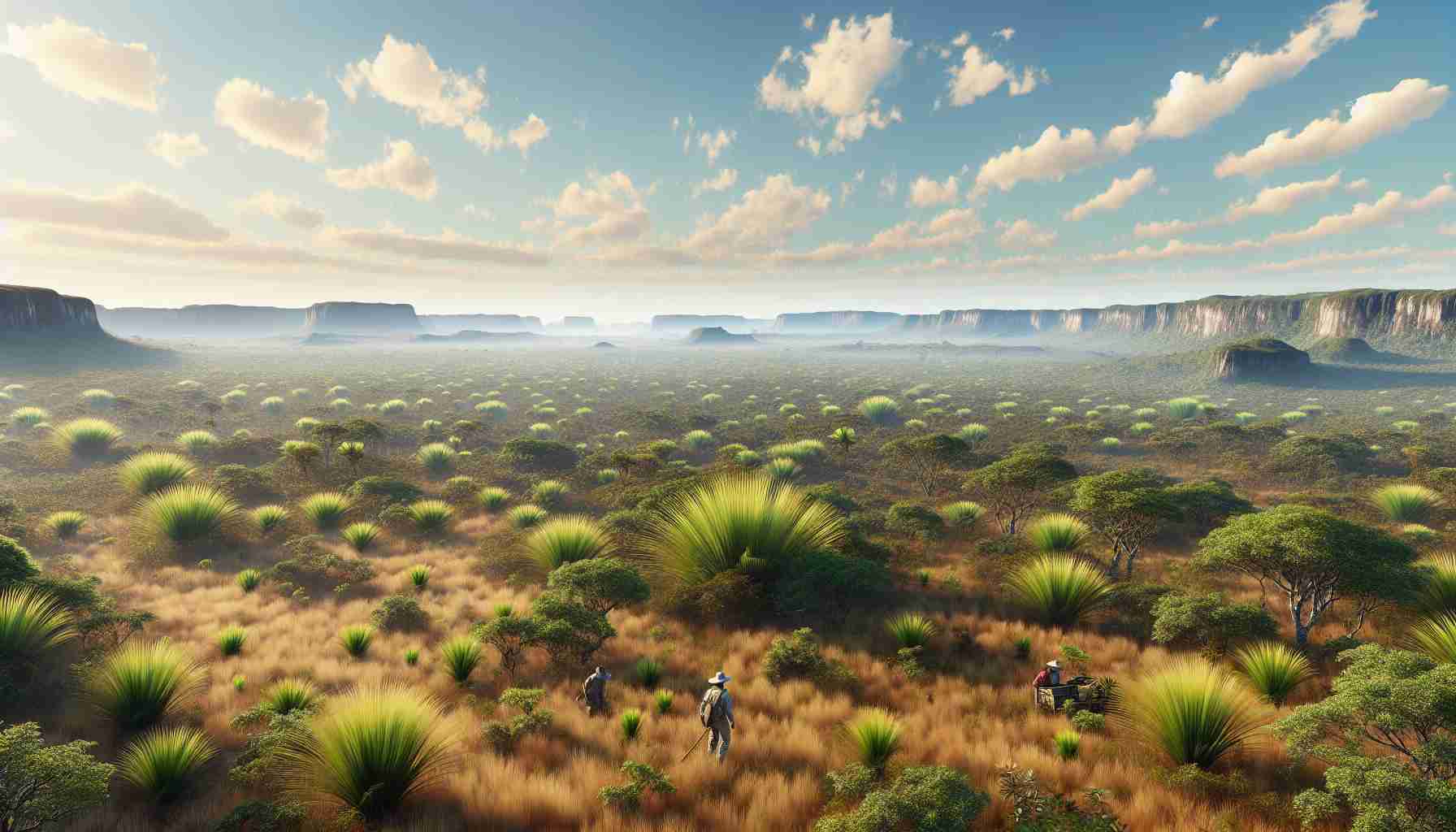Brazil’s commitment to preserving its unique ecosystems has led to significant progress in curbing deforestation. According to recent government data, deforestation in the Amazon rainforest has decreased by nearly half compared to previous years. This positive trend marks a substantial reduction and highlights the effectiveness of conservation efforts.
While the Amazon has seen improvements, challenges persist in safeguarding the country’s Cerrado savannah. Recent reports indicate a 9% increase in deforestation within the Cerrado, emphasizing the need for enhanced protection measures in this biodiverse region. Unlike the Amazon, the Cerrado faces threats from extensive commodity production, particularly soybeans, which contribute to habitat destruction.
Isabel Figueiredo, a spokesperson for environmental conservation, highlights the importance of prioritizing the preservation of the Cerrado. She emphasizes that the Cerrado has become a ‘sacrificed biome’ due to its suitability for mechanized agriculture, underscoring the urgent need for conservation interventions.
To address deforestation effectively, Brazil must adopt a multifaceted approach that goes beyond law enforcement. Experts stress the importance of establishing new protected areas, promoting sustainable land use practices, and enhancing transparency within industries like cattle ranching. By combining enforcement with support for sustainable activities, Brazil aims to achieve a harmonious balance between economic development and environmental conservation.
Brazil’s Efforts to Preserve the Cerrado Savannah: Challenges and Opportunities
Brazil’s commitment to preserving its unique ecosystems has shown tangible results in reducing deforestation in the Amazon rainforest. However, the focus now turns to the Cerrado savannah, where new challenges and opportunities arise in the realm of conservation efforts.
Why is the conservation of the Cerrado savannah crucial?
The Cerrado, often referred to as the “cradle of waters,” is a vital biome known for its rich biodiversity and critical role in water resource management. Its preservation is essential for maintaining ecosystem services like water regulation and carbon sequestration.
What are some key challenges faced in safeguarding the Cerrado?
Unlike the Amazon, the Cerrado is threatened by agricultural expansion, primarily driven by soybean production and cattle ranching. The dynamic landscape of the Cerrado makes it more susceptible to habitat fragmentation, posing a significant challenge to conservation efforts.
What are the advantages and disadvantages of conservation interventions in the Cerrado?
Advantages include the potential to protect unique species and habitats while preserving valuable ecosystem services. However, challenges arise in balancing conservation with the economic interests of industries reliant on the Cerrado’s resources, leading to potential conflicts and resistance to change.
Key Controversies Associated with Cerrado Conservation:
One of the key controversies surrounding Cerrado conservation is the tension between agricultural expansion for economic growth and the need to protect biodiversity and ecosystem functions. Balancing these competing demands remains a significant challenge for policymakers and stakeholders.
In addressing these challenges, Brazil must adopt a comprehensive approach that integrates conservation measures with sustainable development strategies. This involves creating new protected areas, implementing sustainable land use practices, and enhancing transparency in industries impacting the Cerrado ecosystem.
For more information on Brazil’s conservation efforts and biodiversity protection, visit brazilian government website. This official source provides updates on policies and initiatives aimed at preserving the country’s natural heritage in the face of increasing environmental pressures.


